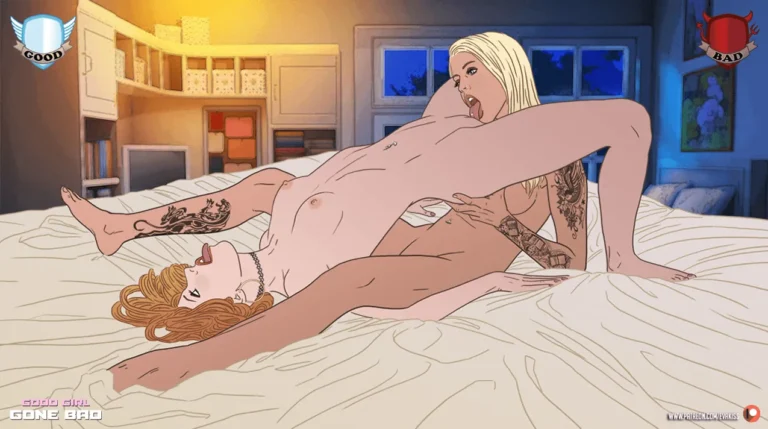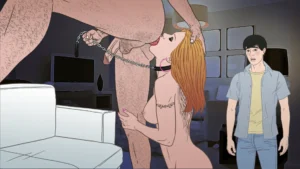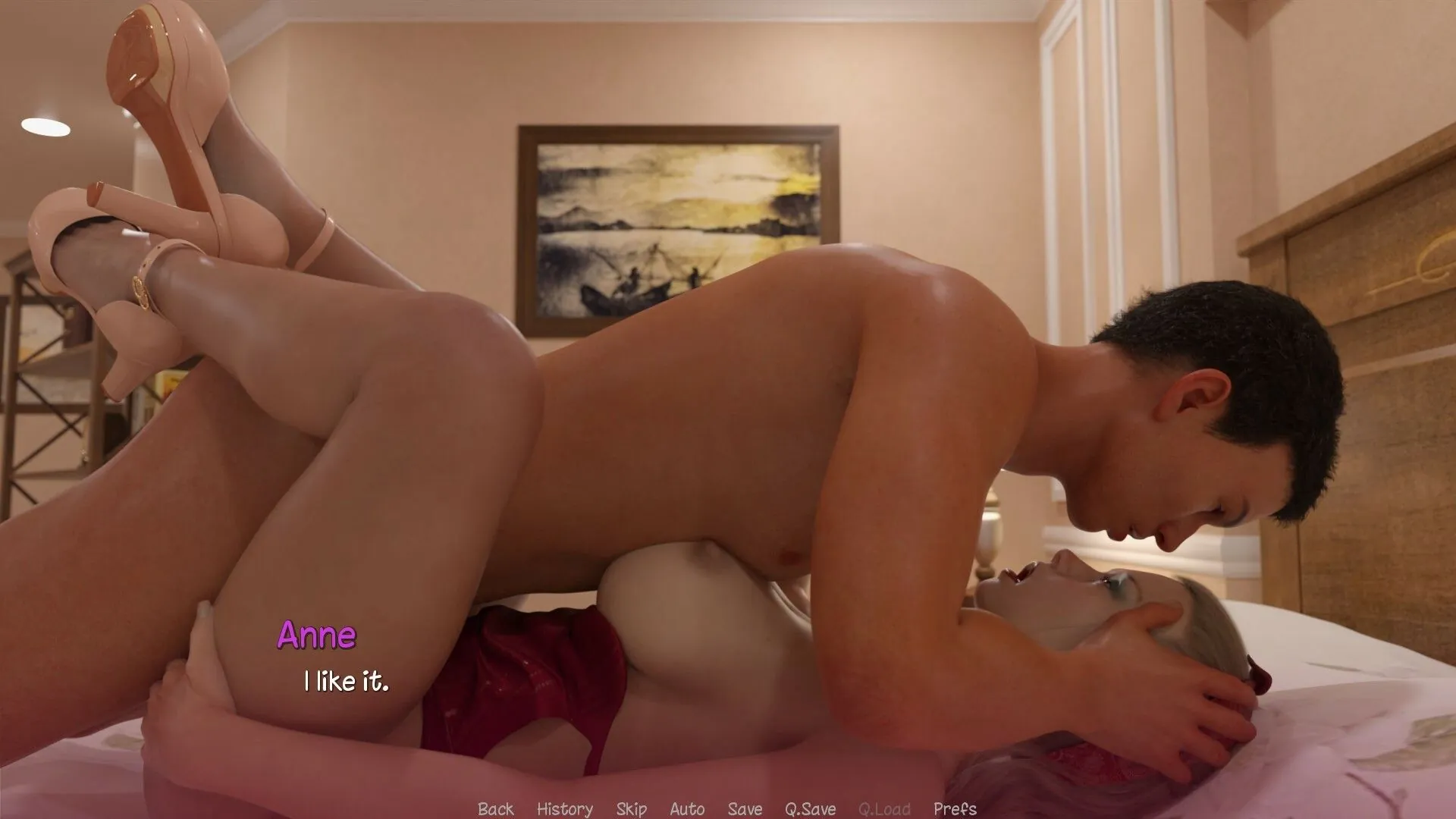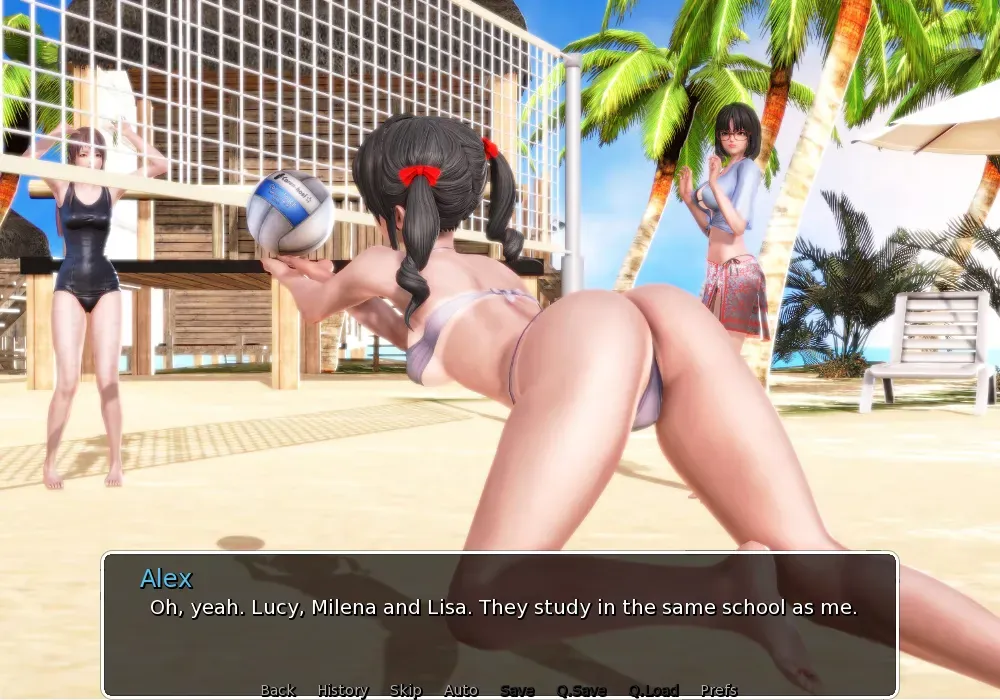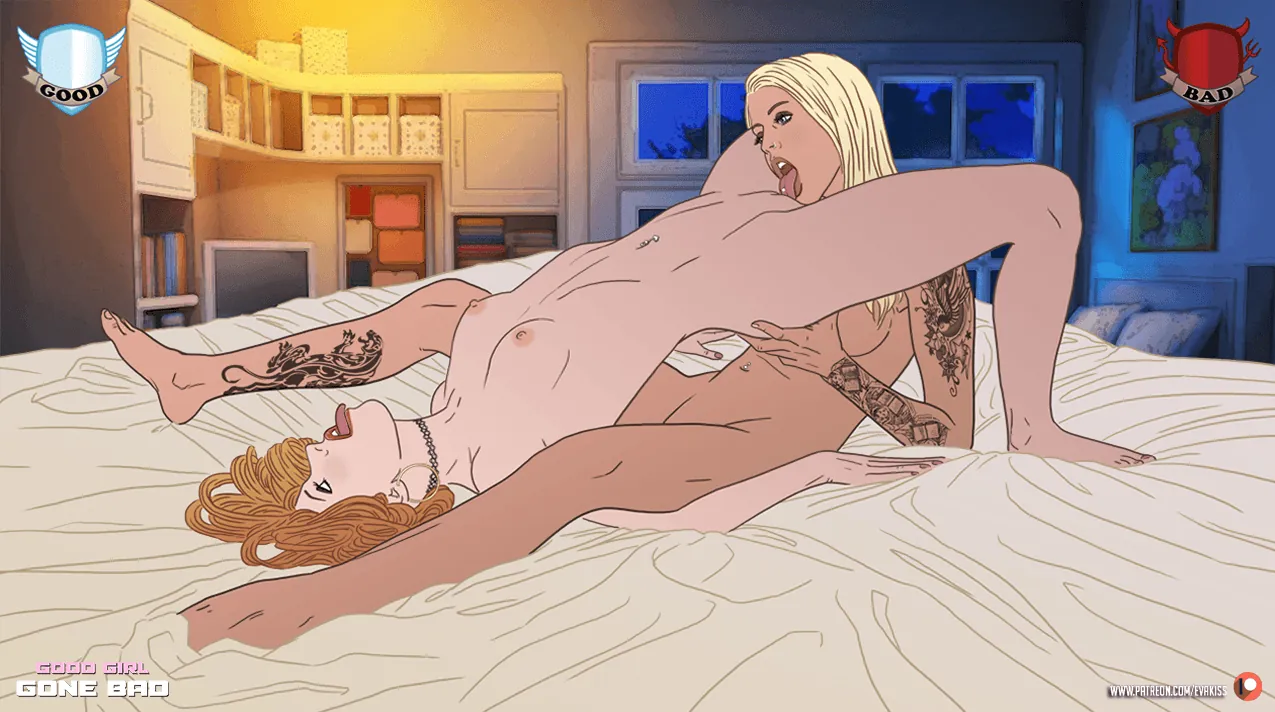
Good Girl Gone Bad
Play Good Girl Gone Bad
Good Girl Gone Bad review
Explore the Choices, Characters, and Unique Gameplay of Good Girl Gone Bad
Good Girl Gone Bad is an adult-themed visual novel that places you in the shoes of Ashley, a character whose life path you control through meaningful choices. This game stands out with its complex branching storylines, hand-drawn art style, and morally challenging scenarios. Whether you guide Ashley to stay on a virtuous path or explore darker temptations, each decision shapes a unique narrative experience. In this article, we’ll explore the game’s core features, story elements, and what makes it a compelling choice for fans of interactive storytelling.
Understanding the Gameplay and Story of Good Girl Gone Bad
What Makes Good Girl Gone Bad Unique? 🤔
Let’s be honest, the world of choice-driven games is crowded. But every once in a while, a title comes along that completely redefines your expectations. For me, that game was Good Girl Gone Bad. Its uniqueness isn’t just one feature; it’s a powerful combination of elements that creates an experience you can’t find anywhere else.
First and foremost, the Good Girl Gone Bad gameplay is a masterclass in player agency. This isn’t a game where you watch a story unfold; you build it, brick by emotional brick. The core of the experience is its masterful use of the branching story visual novel format. Every dialogue option, every decision to trust or deceive, and every romantic or risky encounter sends ripples through the narrative, permanently altering Ashley’s world.
What truly sets it apart from other interactive adult story titles is its commitment to being a morally complex game. The “adult” content isn’t just tacked on for shock value; it’s woven directly into the fabric of the character development and plot. You’re not just choosing between “good” and “bad” paths. You’re navigating a gray area where a decision that feels empowering in one moment might have devastating consequences later. I remember one playthrough where I thought I was helping a friend, only to realize my choice had unintentionally alienated another character I cared about. That level of narrative cause-and-effect is rare.
Finally, the hand-drawn art style game aesthetic is a breath of fresh air. In a sea of similar-looking 3D models, the distinct, expressive characters and environments give the game a raw, personal feel that perfectly matches its intimate and often gritty story. It feels like you’re interacting with a living graphic novel, which massively enhances the immersion.
How Player Choices Shape Ashley’s Journey 🧭
This is where the heart of the game truly lies. The Ashley character choices are the engine of the entire experience. You don’t just guide her actions; you sculpt her personality, values, and ultimately, her destiny. When I first started playing, I thought I’d just be making her “good” or “bad.” I was so wrong.
The Good Girl Gone Bad narrative is built on a system where no choice is insignificant. Early on, you might decide whether Ashley stands up to a pushy friend or stays quiet. This seemingly small moment can influence her confidence levels hours later, unlocking—or locking—entire story branches. It’s this butterfly effect that makes the Good Girl Gone Bad gameplay so compelling and infinitely replayable. I’ve played through four times, and each time Ashley felt like a completely different person by the end.
The game brilliantly tracks your Ashley character choices across several key personality axes. Is she becoming more confident or submissive? Is she prioritizing her career, her relationships, or her own hedonistic pleasures? These evolving traits determine how other characters perceive her and what opportunities become available. Want Ashley to embrace a wilder side? Your choices can lead her down a path of rebellion and self-discovery. Prefer a more calculated ascent to power? Those options are there too. The branching story visual novel format ensures that your version of Ashley is truly your own creation.
To give you a clearer picture of how these decisions cascade, here’s a breakdown of how early choices can lead to vastly different outcomes:
| Early Game Choice | Potential Mid-Game Consequence | Example Endgame Outcome |
|---|---|---|
| Agree to a risky dare at a party | Earns a reputation for being “fun” and open-minded, unlocking new social circles. | Path towards a party-centric lifestyle, potentially sacrificing deeper relationships. |
| Focus intensely on a work/school project | Gains skills and respect from authority figures, but may neglect friends. | Career-driven success ending, but potentially feeling isolated. |
| Lie to protect a friend’s secret | Strengthens that specific bond but creates a web of deceit that must be maintained. | A narrative filled with tension and potential betrayal, testing loyalties to the limit. |
Pro Tip: Don’t save-scum! The most authentic and memorable Good Girl Gone Bad narrative moments come from living with your difficult decisions, not reloading to find a “perfect” path.
Exploring the Game’s Art Style and Atmosphere 🎨
The moment you launch the game, you’re greeted by its stunning hand-drawn art style game visuals. This isn’t a minor aesthetic choice; it’s fundamental to the game’s soul. While many interactive adult story games opt for a generic 3D look, Good Girl Gone Bad’s art is bursting with personality. Each character is drawn with distinctive features and expressions that convey a huge range of emotion, from subtle uncertainty to raw passion.
This artistic approach directly contributes to the atmosphere of this morally complex game. The rawness of the lines and the richness of the colors make the world feel tangible and grounded, even when the situations are dramatic or intense. The environments, from a cramped college dorm room to a buzzing nightclub, are crafted with detail that makes exploration rewarding. I often found myself pausing on certain scenes just to appreciate the composition and the mood it evoked.
The atmosphere is a delicate blend of temptation, consequence, and self-discovery. The art style makes the intimate moments feel more personal and the tense moments more gripping. It perfectly complements the Good Girl Gone Bad gameplay by ensuring that every scene, whether it’s a quiet conversation or a life-altering decision, is visually engaging. It proves that a hand-drawn art style game can deliver a more powerful emotional punch than technically advanced but soulless graphics ever could.
Ultimately, the unique fusion of its branching story visual novel mechanics, deep Ashley character choices, and evocative hand-drawn art is what makes the Good Girl Gone Bad narrative so unforgettable. It’s a game that respects your intelligence, challenges your morals, and stays with you long after you’ve seen your first ending. It’s more than a game; it’s a character study where you hold the pen. ✨
Good Girl Gone Bad offers a rich, choice-driven experience that challenges players to navigate Ashley’s complex world. Its unique art style and branching narrative provide a fresh take on adult-themed visual novels, making every playthrough distinct. Whether you prefer guiding Ashley towards redemption or exploring darker paths, the game’s depth and freedom of choice ensure an engaging journey. If you enjoy stories where your decisions truly matter, Good Girl Gone Bad is worth exploring.
